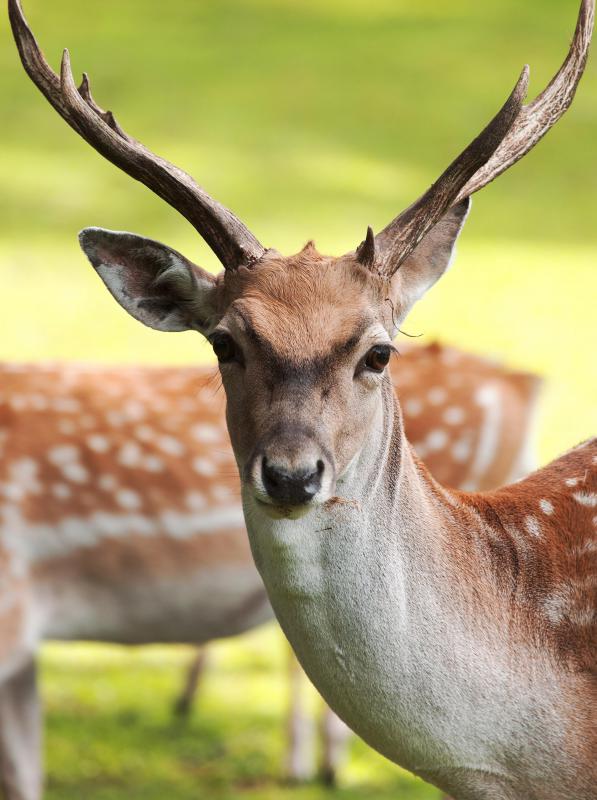At HomeQuestionsAnswered, we're committed to delivering accurate, trustworthy information. Our expert-authored content is rigorously fact-checked and sourced from credible authorities. Discover how we uphold the highest standards in providing you with reliable knowledge.
What is Sea Lavender?
Sea lavender is a common name applied to flowering plants of the genus Limonium and the family Plumbaginaceae, also known as the leadwort family. Other common names for these plants include statice and marsh-rosemary, although the plants are not relatives of either rosemary or lavender plants. They are long-lived perennials that will grow in many different climates. Sea lavender plants are most often planted in outdoor gardens for their attractive flowers. The flowers are also popular for drying, and will keep for many years when preserved in this manner.
As the name suggests, sea lavender growing in the wild is usually found near coastal areas or salt marshes, because the plant enjoys growing in salty soil. Typically, the plant grows to a maximum height of three feet (one meter), and has jagged leaves that look like dandelion leaves. Its tiny, spiky flowers come in variety of shades, including white, pink, peach, blue, and violet. Flowers typically bloom during the summer months.

Sea lavender is usually propagated from seed. Seeds may be planted indoors and kept in a greenhouse before being replanted outdoors. The best spot to plant sea lavender in a garden is a spot that receives plenty of sunshine and has good soil drainage. In areas where the weather may become particularly hot, it is best to plant in partial shade. Plants tend to put on a more spectacular floral display after several seasons of growth.

Caring for sea lavender is usually relatively easy. The plants are herbaceous, meaning that their stems and leaves die after each growing season is over, and they require pruning every spring. They need to be fertilized, mulched, and watered, although the gardener must be careful not to over water, as sea lavender plants generally prefer drier soil. These are sturdy plants that will easily tolerate salty or polluted air, windy conditions, and animals that intrude on the garden, such as rabbits or deer.
Sea lavender is not invincible, however, and is susceptible to mold, fungus, and fungal rust. Mold is usually evidenced by black or brown spots on the leaves. Fungus shows up as yellow spots, and fungal rust is rust-colored. All of these conditions can be treated by pruning any plant parts that have spots, and keeping the area where the plants are growing clean, with good air circulation. Fungus can be spread to healthy plants via watering; if any water splashes from a sick plant to a healthy one, that plant may become affected as well. It is therefore important to water the plants close to the soil to minimize the splashing of water.
AS FEATURED ON:
AS FEATURED ON:












Discussion Comments
Sea lavender is such a beautiful flower and has many uses. I have collected these delicate flowers to use in fresh bouquets. These flowers seem to stay fresh and last a long time in an arrangement like this. I also love any color of purple and lavender, so this just adds to the beauty.
Although I have never tried this, I remember reading that the fragrance from this flower is helpful at keeping moths away. Might be something worth a try. I don't know how it would compare to cedar, but the fragrance would sure be pleasing.
Post your comments